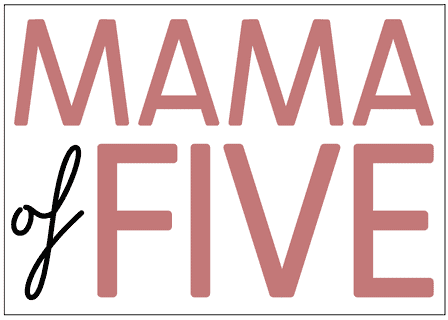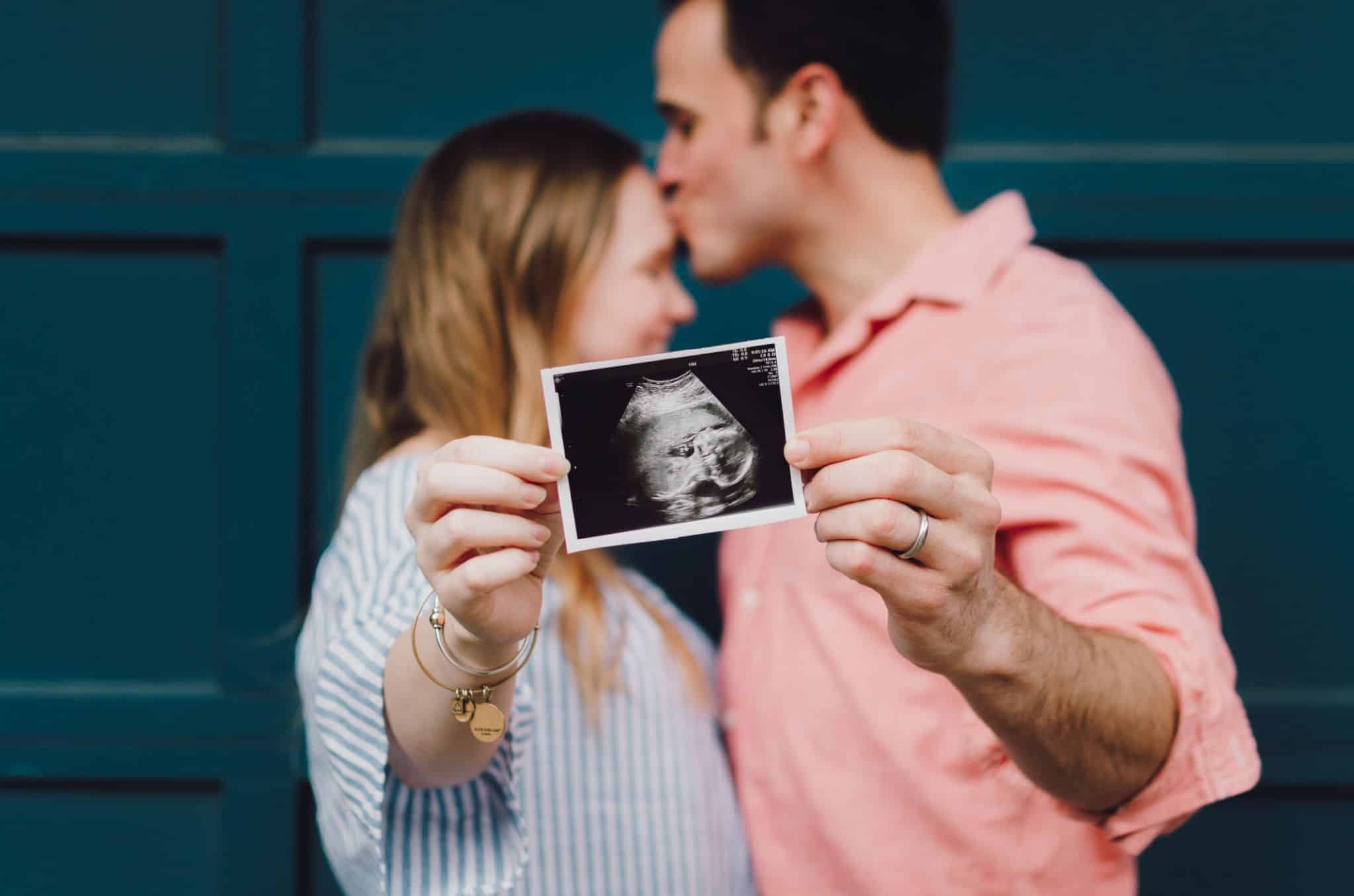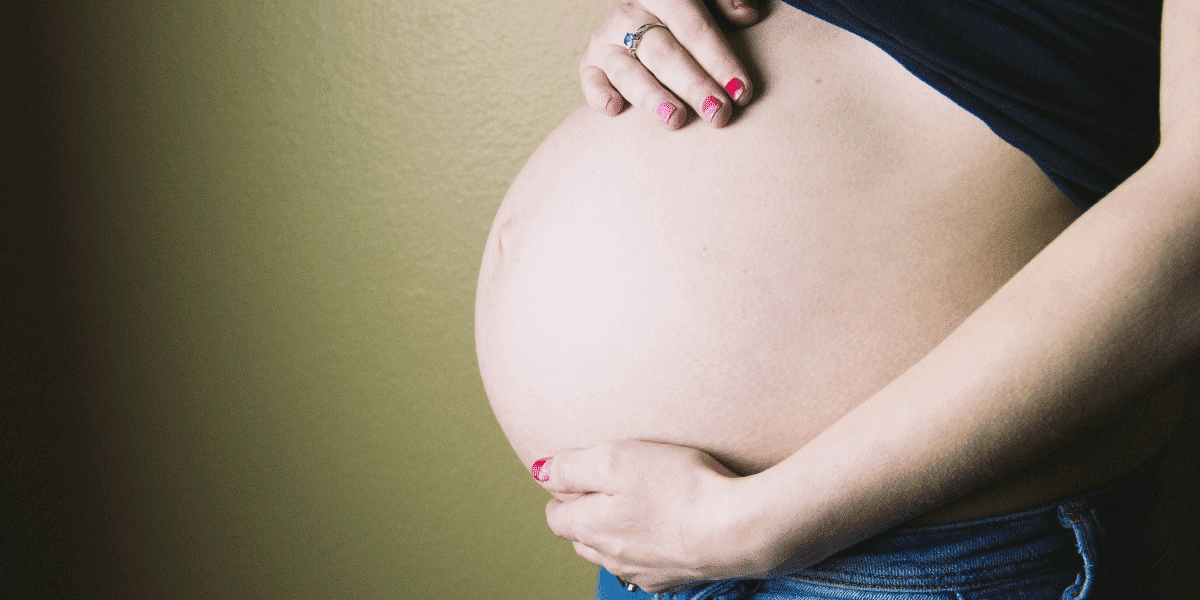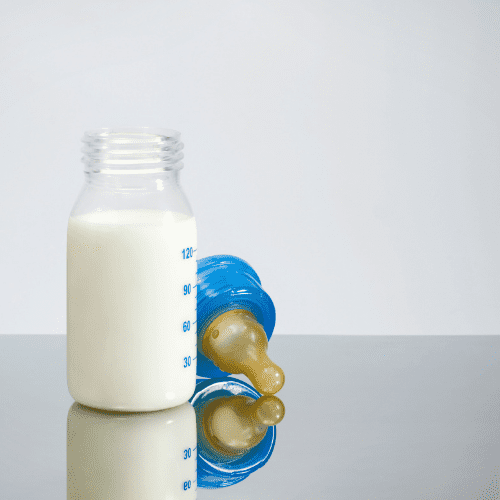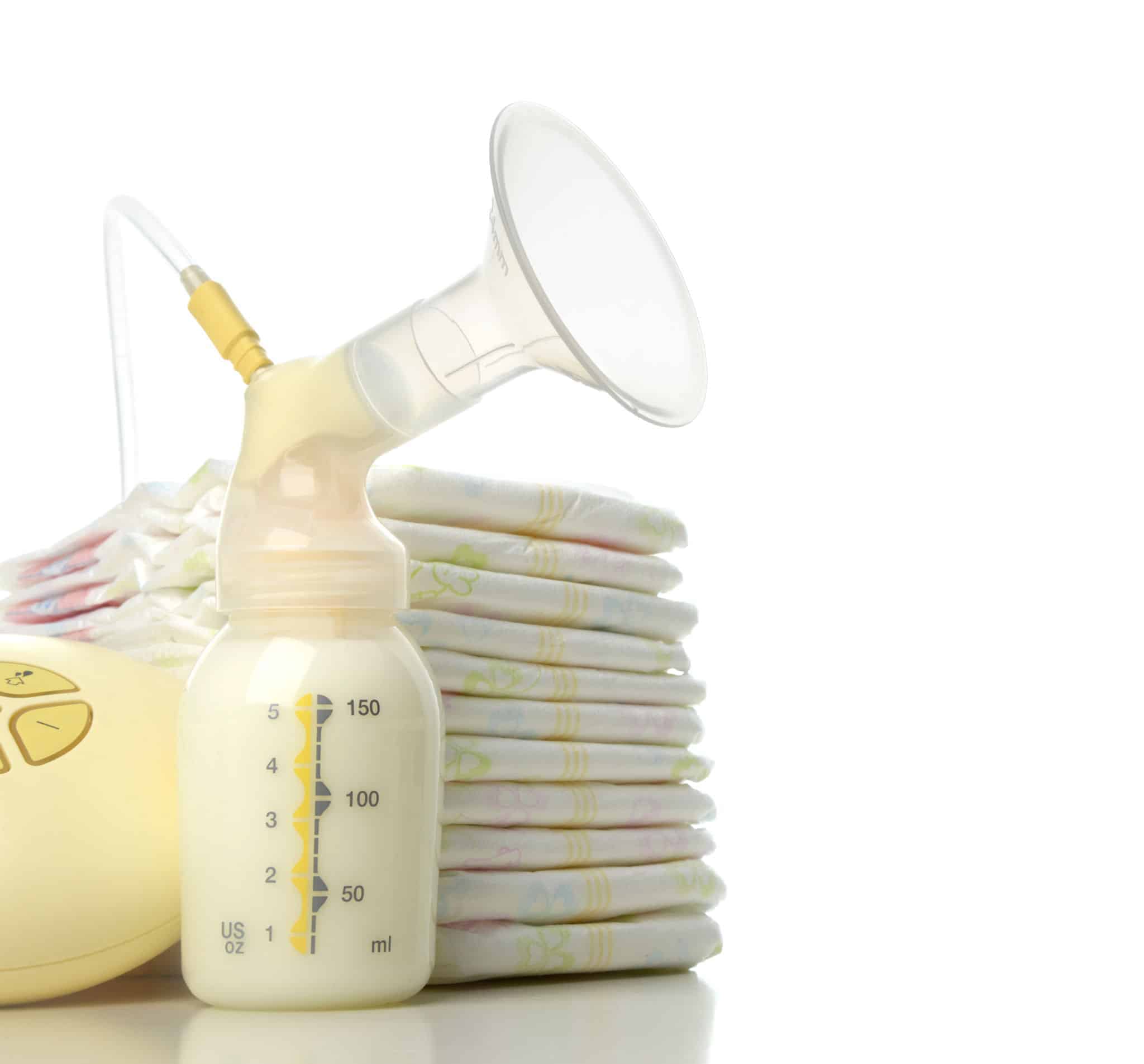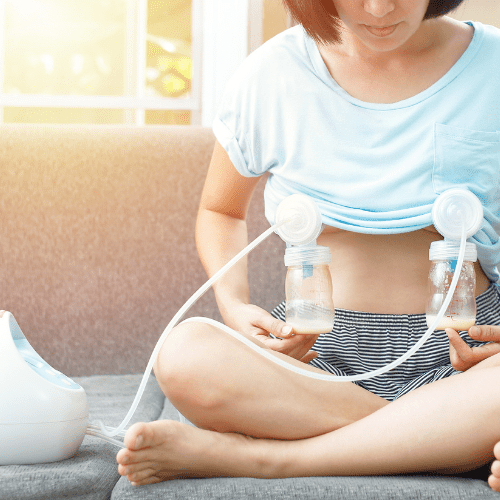Breastfeeding is not for everyone. It is a personal choice as to whether, as a new mom, you choose to try breastfeeding.
It doesn’t always work. Both mom and baby need to learn to nurse together.
The baby can find the nipple easily enough, but they don’t know how to latch. It’s a baby. They don’t know anything yet.
It can be a long road and when you’re a new mom, there’s no end in sight. Of course, you do not have to breastfeed if you do not want to, or if circumstances dictate that you can’t, or there are other factors involved which are stopping you, it’s no one’s business.
With my first born, I decided early on in pregnancy that I wanted to breastfeed.
There are so many benefits: you make milk without trying, it’s designed specifically for your baby, it protects from infections and diseases, it’s available on demand with no need to fiddle with sterilizers, and apparently it reduces the risks of some cancers in the mother, bonus.
I had been led to believe that nursing would be “the most natural thing in the world.” Little did I know, as a first-time mom, that actually there can be a lot of work involved in teaching yourself and your baby to breastfeed successfully.
Sure, some people find it a walk in the park. I have friends with very different experiences to my own. I have different experiences from one baby to the next.
What I did not know about before commencing my inaugural breastfeeding journey was that your nipples can bleed. And bleed. And bleed. So much blood. This agony is caused by nipple fissures.
As an Amazon Associate, I earn from qualifying purchases. The links below may be affiliate links. Please read my disclosure policy for more information.
What are nipple fissures?

Nipple fissures are irritated, cracked, or sore nipples. They are an all too common occurrence in breastfeeding. Many new moms attribute nipple fissures as their reason for stopping their breastfeeding journey. Nipple fissures are sometimes referred to as jogger’s nipple.
Imaging the result of going jogging with sandpaper in your bra, yup, that’s nipple fissures!
Is it any wonder some woman can’t see an end to the agony and so stop breastfeeding?! The tea is, they can be treated easily at home without the help of a medical professional.
Unless they become infected, so get on top of them sooner rather than later to avoid them turning into something more serious.
How do I know if I’ve got nipple fissures?
The most common indicators of nipple fissures are as you would expect, it’s a combination of any of the following:
- Redness
- Soreness
- Dryness
- Cracks
- Puss
- Blood
- Pain
- More pain
What causes nipple fissures?
A bad latch can lead to nipple fissures. Take the time to master your nursing technique.
There are lots of nursing positions. This is my position of choice which has been the most successful for me for all of my babies.
Lay your baby on your supporting arm, their belly should be against yours. Make sure you are lining up their nose to your nipple.
Move the baby to get yourself comfortable, if you are holding your boob up in an uncomfortable position, it’ll droop whilst you’re feeding, and the latch will suffer. If you’ve got large breasts and/or south pointing nipples, then you can roll up a muslin and pop it underneath to get some extra support.
Get a cushion under your supporting arm or invest in a feeding pillow.
Now, splay your hand across to top of their shoulders. You do not want to restrict the baby’s head and neck movement – they need to be able pull their head back if they want to.
Now wait until their mouth is as wide as possible, then, lightning fast, when their mouth is as wide is it can go, push against their upper back and hug them into you. As your pulling them toward you they will scoop your nipple with their tongue, their bottom lip will roll down and they will latch onto a big portion of breast.
Latch done! Nice one mama!
If you are the queen of the latch but your nipples are still agonizing, then it maybe that your baby has a tongue-tie. A tongue-tie restricts how far your baby can stick out their tongue which in turn effects the amount of boob tissue they can scoop up and latch onto.
If you suspect that your baby may have a tongue-tie, that’s the time to consults your medical professional. You can either work with a breastfeeding consultant to amend your feeding style to compensate for the tongue-tie, or a tongue-tie can be fixed with a small medical procedure – it’s little just a little snip, takes no time and is over in an instant.
How do I treat nipple fissures?
Apply an OTC ointment, such as Lansinoh lanolin. After feeding you simple dab on a tiny amount.
It helps to prevent the cracks from drying and getting worse. This particular cream can be expensive, however a little goes a very long way, and it is safe to use while breastfeeding.
I pair this with a soft breast pad inside my bra for a little extra comfort.
Soak a soft washcloth in warm water and lay it on your breast to warm away the pain. This is also a great relief if your breasts become engorged.
Hand express a little milk before breastfeeding and gently rub it into your nipple. Breastmilk is a miracle cure for pretty much any ailment.
It can help to soften your nipple and add antibacterial protection to the area. Antibacterial? Yes, you are amazing, you can express your own pharmacy.
Avoid washing your nipples with anything fragranced that can contain irritants.
What is the best treatment for nipple fissures?
Jelonet! Anyone who has suffered from serious nipple fissures and has come out the other side still breastfeeding, will tell you that the greatest treatment is Jelonet.
Available on Amazon, Jelonet is a sterile paraffin gauze dressing that provides a moist environment for the wound to heal quickly. You simply cut a square large enough to cover your nipple, attach it and add a soft breast pad into your bra to keep it from slipping around.
Apply at night and by the morning it will have healed significantly. It’s not an overnight cure, but it’s the quickest relief from nipple fissures that I’ve ever found.
This is not an ad, it is just factually the best treatment in my opinion.
What treatments should I avoid?
In my experience, I would not recommend using a nipple shield. Some women swear by the nipple shield, they can help to protect the area while healing takes place.
In my experience it’s possible to develop an attachment to the shield, kind of like a comfort blanket, and it can be difficult to get back to breastfeeding without the shield for fear of the fissures returning.
Nipple shields can also affect the quality of the baby’s latch meaning feeding becomes less efficient and can last for hours while the baby has to work harder to get the milk out. I would not recommend a nipple shield if it’s at all possible to avoid.
What are the complications of nipple fissures?
If left untreated nipple fissures can lead to mastitis. Mastitis comes is differing levels of severity from mild discomfort and engorgement to full on hallucinations.
Having personally experienced both ends of the spectrum I cannot stress enough how important it is to seek medical advice immediately. Antibiotics can get to work to fight the infection quickly, believe me, you want to cure your mastitis as fast as possible.
Candida is another challenge. Keeping your nipples moist with breastmilk and lanolin is all well and good, however, yeast thrives in breastmilk and loves damp conditions so your baby may develop thrush and, this bit is just fantastic, your nipples can also develop thrush!
Can breastfeeding mothers ever catch a break?! Thrush can cause cracking, pain and unbearable itching which can make nipple fissures worse, if you can believe it.
How can I avoid nipple fissures?
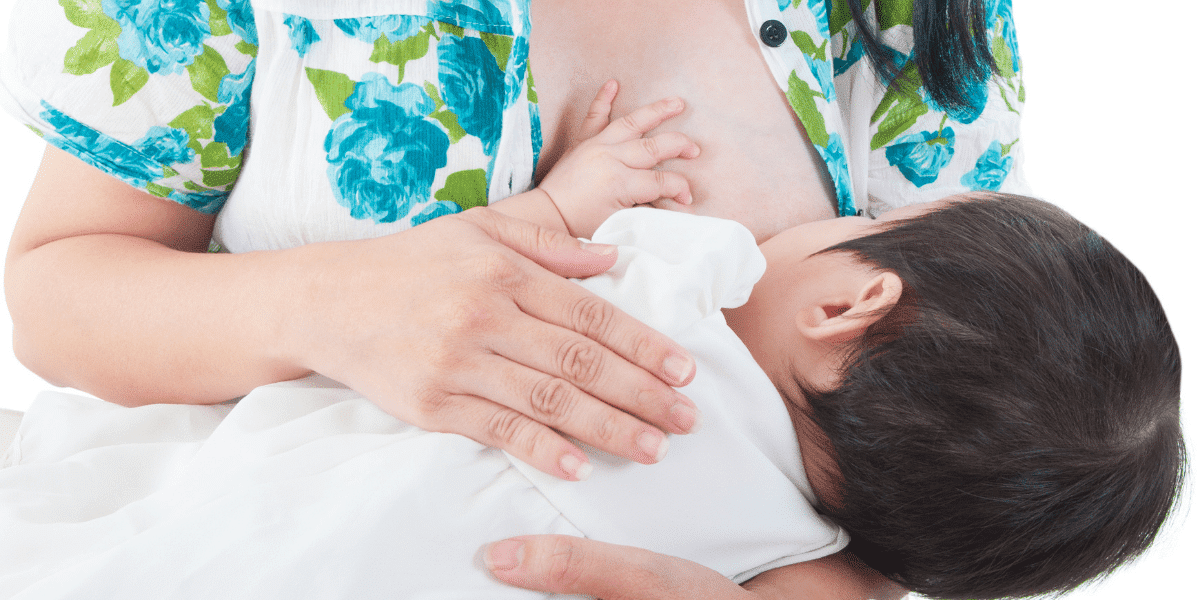
Nipple fissures are not an inevitability.
With my third baby I did not have any complications, she just latched on straight away and sucked efficiently from the get go. However, the boys, they both had tongue-ties which went undiagnosed for many months and I suffered from nipple fissures, cracks, puss, blood, mastitis hallucinations, the whole nine yards both times.
Is it just that us girls are better at everything?
There are no guaranteed methods for avoiding nipple fissures. The main thing to do, is perfect the latch.
I cannot stress this enough. A good latch means efficient relatively pain free feeding.
It is worth the time and effort to get it right.
If you do crack and bleed and end up curling your toes at even the thought of breastfeeding, just remember that it does get better. You don’t have to give up if you don’t want to.
It’s really up to you, if you are committed to continuing with breastfeeding then seek out a lactation specialist, they do exist and they know what they’re talking about.
Also, it sounds simple, but worth remembering, as your baby grows, they become better at breastfeeding. They are more practiced, and their mouth gets bigger which is an enormous help.
Above all, you are amazing, your gorgeous baby is amazing and you’ve got this mama.
